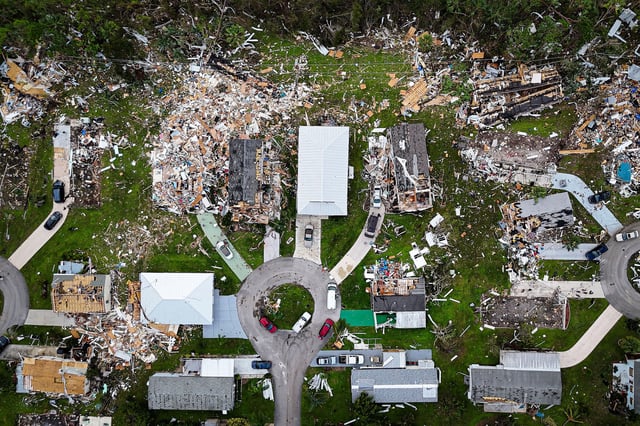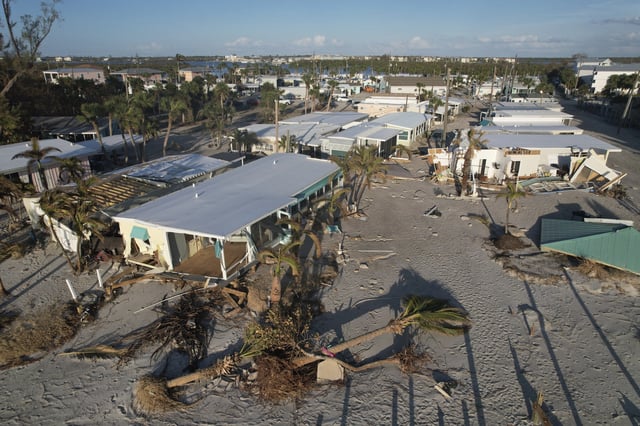Overview
- NOAA announced it will retire its Billion-Dollar Weather and Climate Disasters database, archiving but not updating it beyond 2024.
- The database has tracked 403 extreme weather events costing over $1 billion each since 1980, totaling $2.945 trillion in damages.
- Staffing reductions under the current administration and a proposed 24% budget cut for FY2026 are cited as reasons for the database's discontinuation.
- The loss of this resource will hinder researchers, insurers, and policymakers who rely on its standardized, proprietary data to assess climate and economic risks.
- The database documented a sharp rise in billion-dollar disasters, with an annual average of 24 over the past five years and a record 28 events in 2023.



